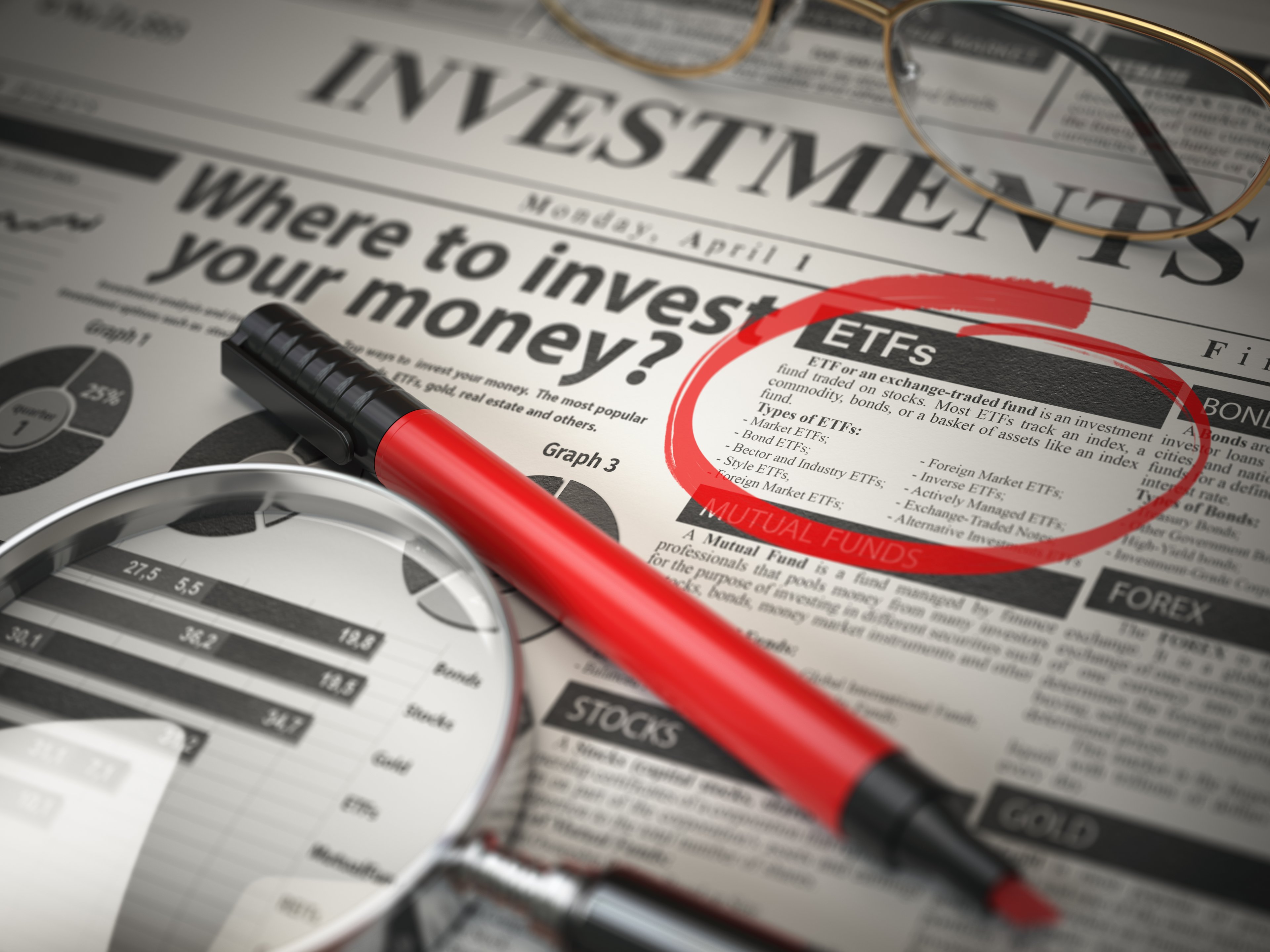
Source: Facebookbrand.com.
Advertising dollars continue to migrate away from traditional media such as print and TV and into digital platforms, but many advertisers remain skeptical of the new frontier. It's hard to blame them.
Between a recent IAB estimate that fraud and theft cost online advertisers some $8 billion a year, to the murky, ever-evolving science of determining the effectiveness of an ad, companies spending money on digital ads have adequate cause for caution.
That's made the work of ad measurement ever more important for platforms vying for a piece – or a bigger piece – of the estimated $170 billion global digital ad market. And Facebook (FB +1.73%) has been working to get out in front of the pack on this.
Simply put, the better that a player in the digital space can prove to a skeptical advertiser that ads on its platform work, the more likely that company is to continue directing a growing share of its dollars to that platform.
Out with the old ...
Ad impressions -- a estimate of the number of people who have seen an ad on a Web page -- have been a poor measurement tool. We don't know for sure if a reader has seen the ad or merely visited the page where it was displayed, and traffic from bots can inflate that number badly, as noted in the IAB report.
Measurements such as an ad's click-through rate -- measuring how many people actually click on an ad -- have served as a poor gauge as well, since the number of people who see an ad and are moved to click it are typically incredibly low, and getting someone to click on an ad is not always the goal.
Web publishers have experimented with new metrics, such as measuring the time ads are in front of readers on a website or app, and charging cost-per-hour rates. But those still don't deliver an assurance of an ad's effectiveness.
... and in with the new
In its Jan. 27 earnings call, Facebook said it has been seeing more advertisers shift away from old online metrics such as clicks and adopt next-generation measurement tools, such as conversions to digital sales or in-store sales. This is where Facebook has been working to differentiate itself from its competition.
COO Sheryl Sandberg spoke about how measurement has become a priority as Facebook looks to prove it can provide a solid return on investment. "Our results show that the investments we've made over the past few years are paying off, and we see a lot of exciting opportunities ahead," Sandberg said.
Over what Sandberg called the "medium to long run," Facebook is "really well positioned to take share from other platforms out there," she told analysts. She chalked that up to a combination of the company's ability to effectively target potential customers with the right ads, and the development of "sophisticated measurement, which shows businesses how we help them move products off shelves."
Facebook now touts measurement tools such as conversion lift, which allows advertisers to compare the performance of various ad options to see what works best, and Facebook pixel, which allows advertisers to see what people do after viewing one of their ads to see how they follow through to eventually make a purchase.
Booming growth in ad spending
Safe to say, Facebook is now operating in the digital ad space with some swagger.
Ad revenue for the fourth quarter of 2015 was up some 57% over the corresponding quarter a year earlier, coming in at $5.6 billion. That was an even faster rate of growth than we saw a year earlier, when ad revenue was up 53%.
That type of growth is impressive for an operator as large as Facebook, whose nearly $18 billion in 2015 revenue should put it comfortably in the top 20 tech companies in the world, measured by revenue. In the digital ad game, it trails only Alphabet (GOOG 0.51%) (GOOGL 0.49%), whose fourth-quarter revenue rang in at $21.3 billion, up 18% over 2014.
I should note that that's strong growth for Alphabet, once thought to be in a more precarious position as consumers shifted from desktop browsing to mobile Web and app use. But it's just a third the pace of Facebook's growth at this stage.
Still much work to do
Facebook CFO Dave Wehner said better targeting and measurement is driving growth from advertisers at all levels: direct-response advertisers, brand marketers, large corporations, and small businesses. That bodes well for Facebook moving forward, executives say. But the company knows it has to continue its progress to win over advertisers in the still relatively nascent digital market.
"We have to continue to build the right products. We have to continue to measure all the way through from seeing an ad impression to sell," Sandberg said.
Staying ahead of the pack will require continual innovation, but Facebook appears to be off to a strong start.






